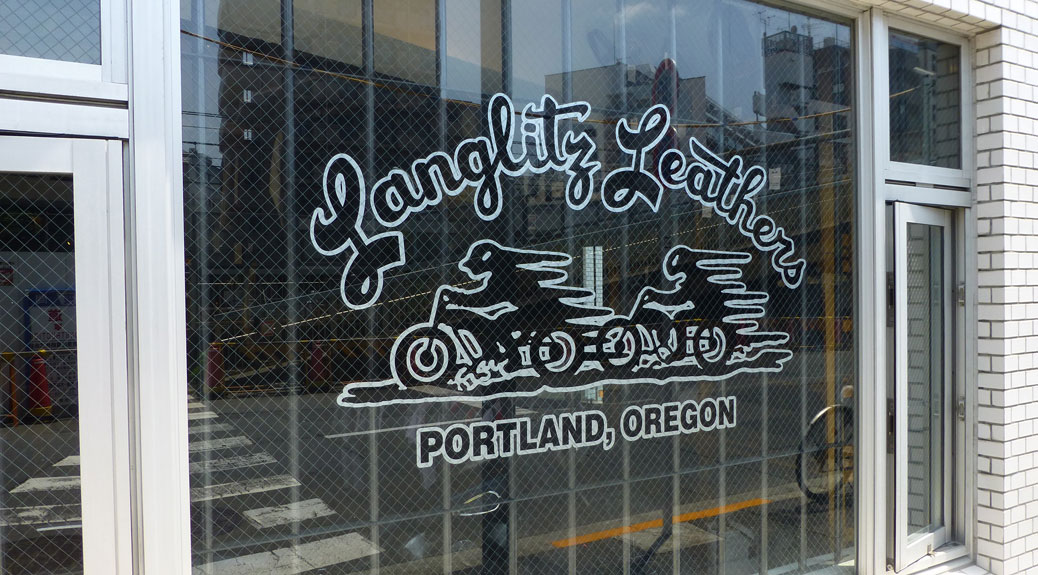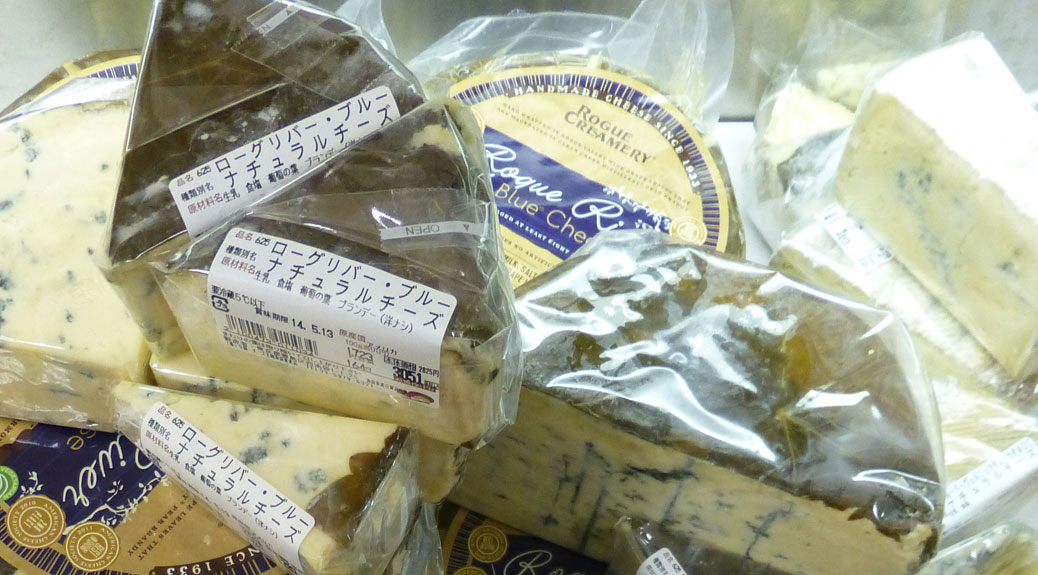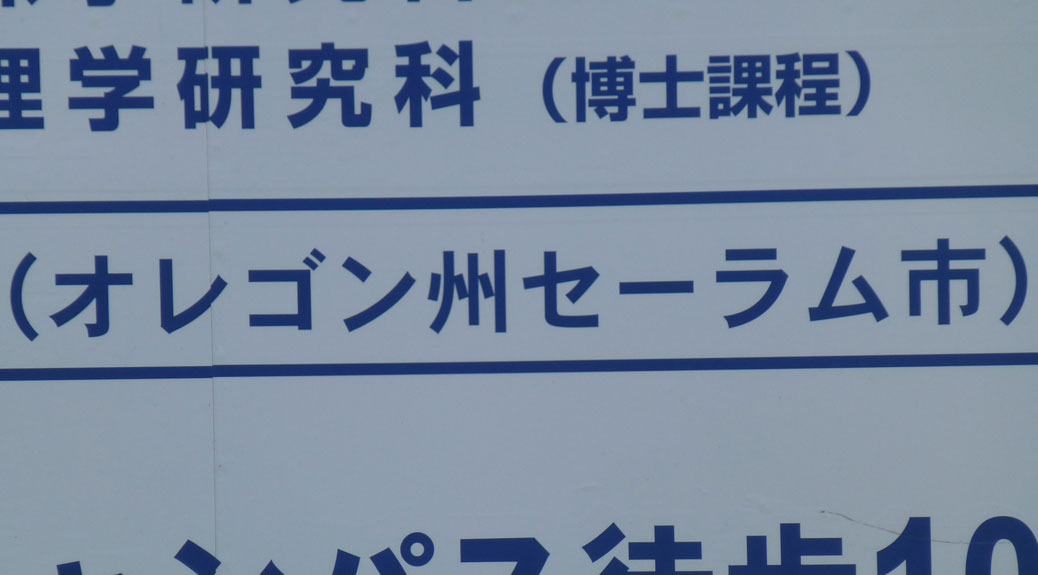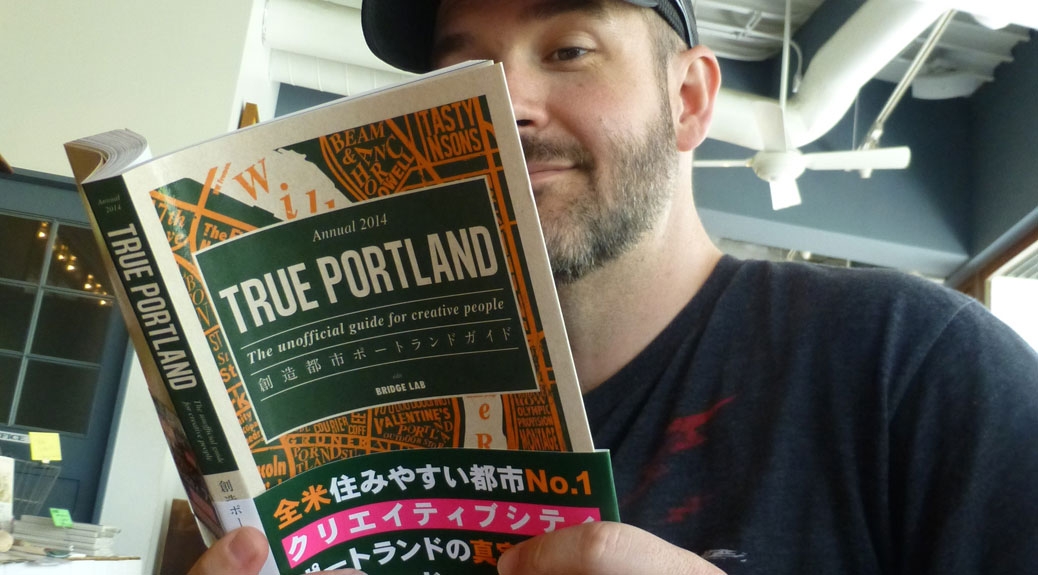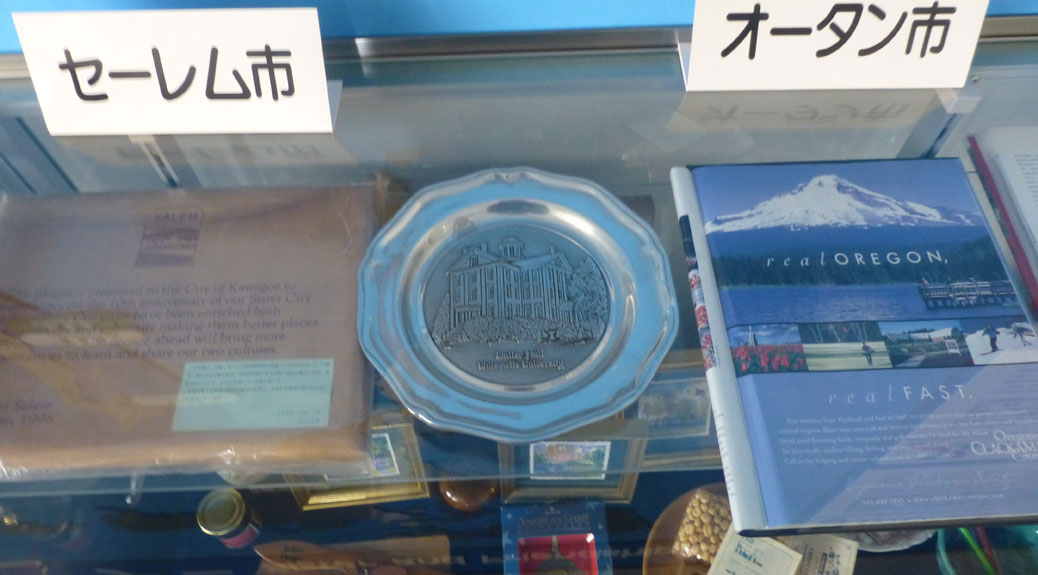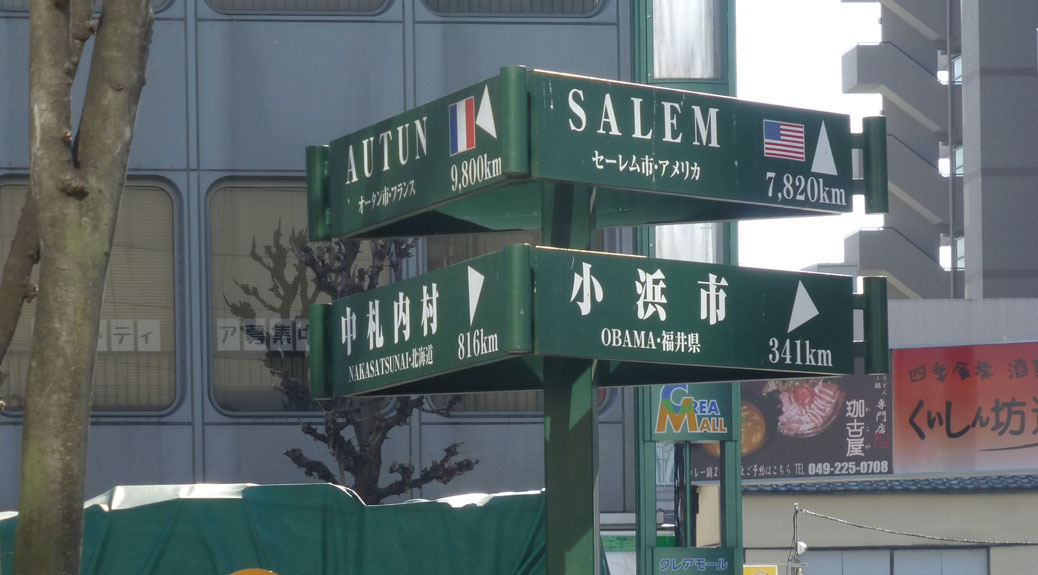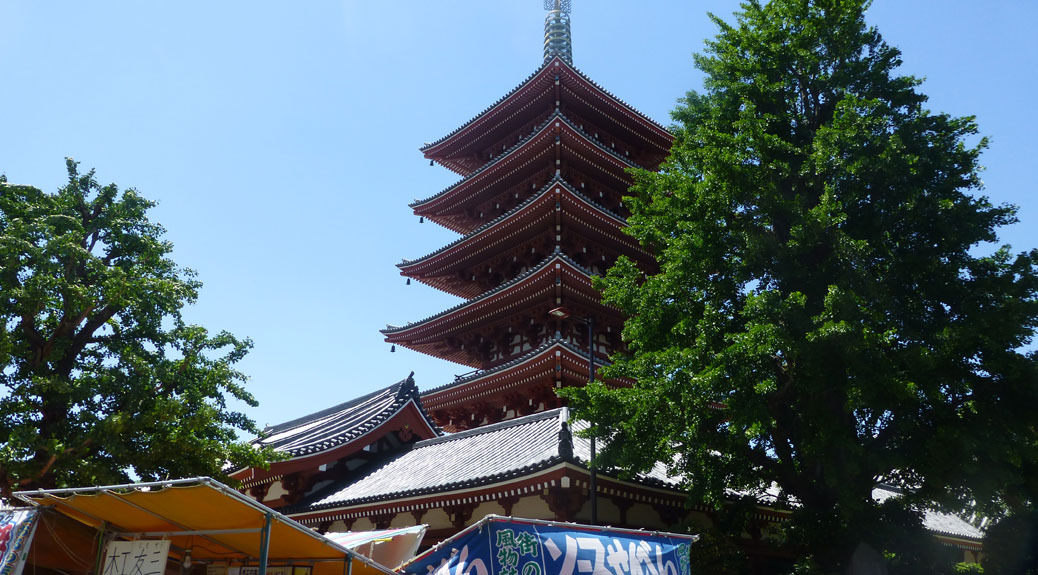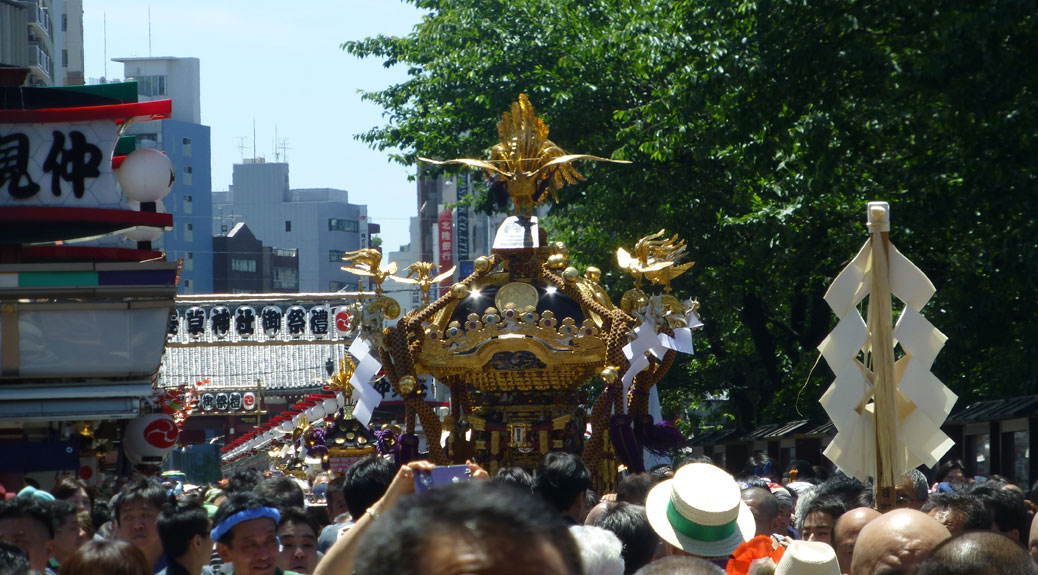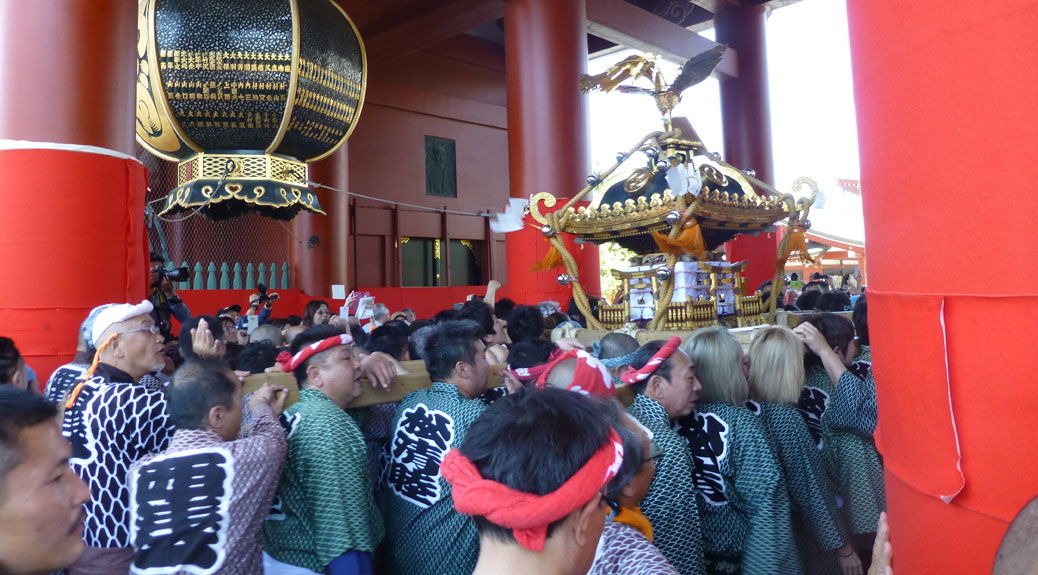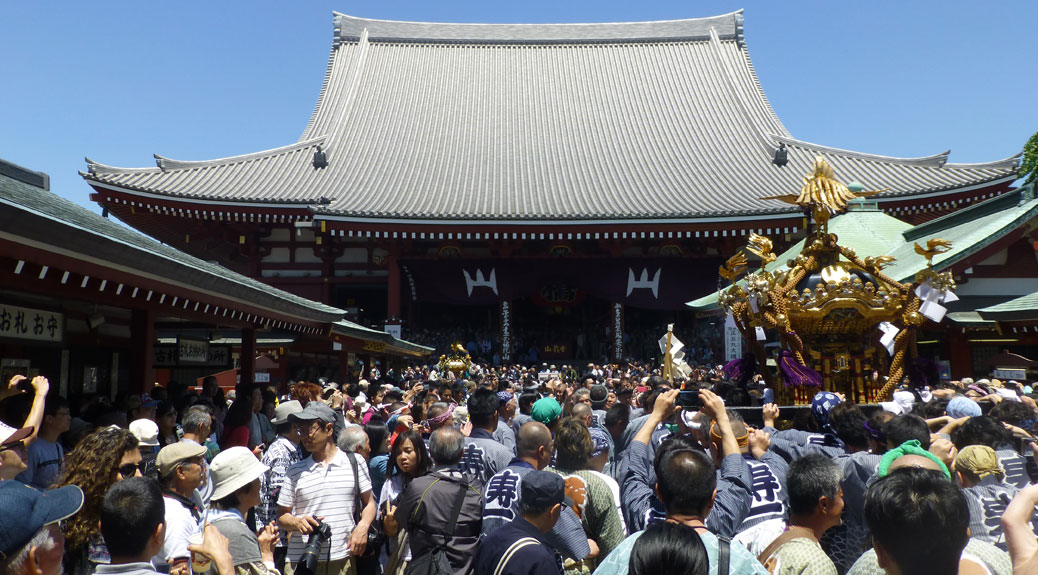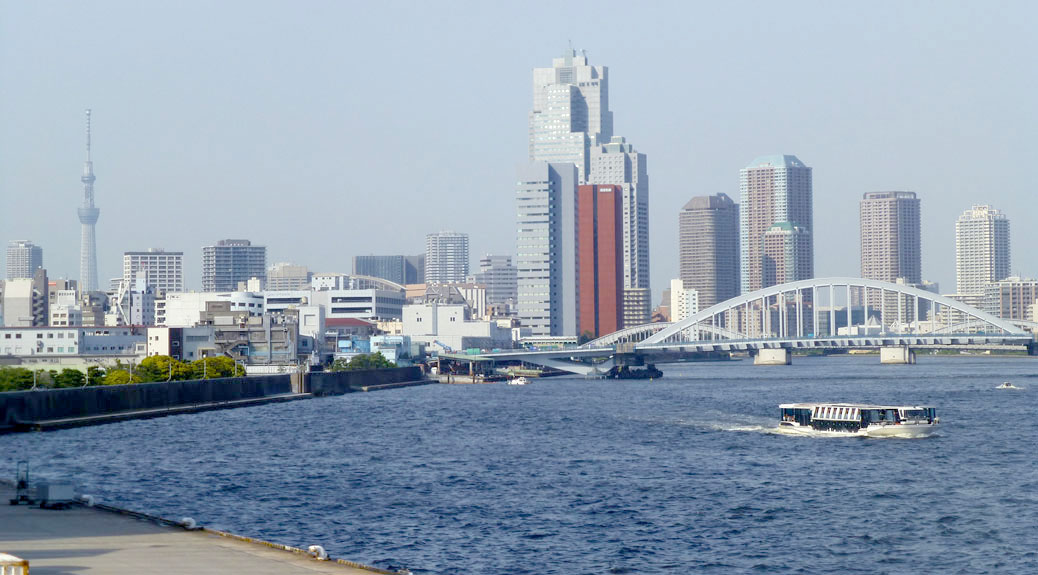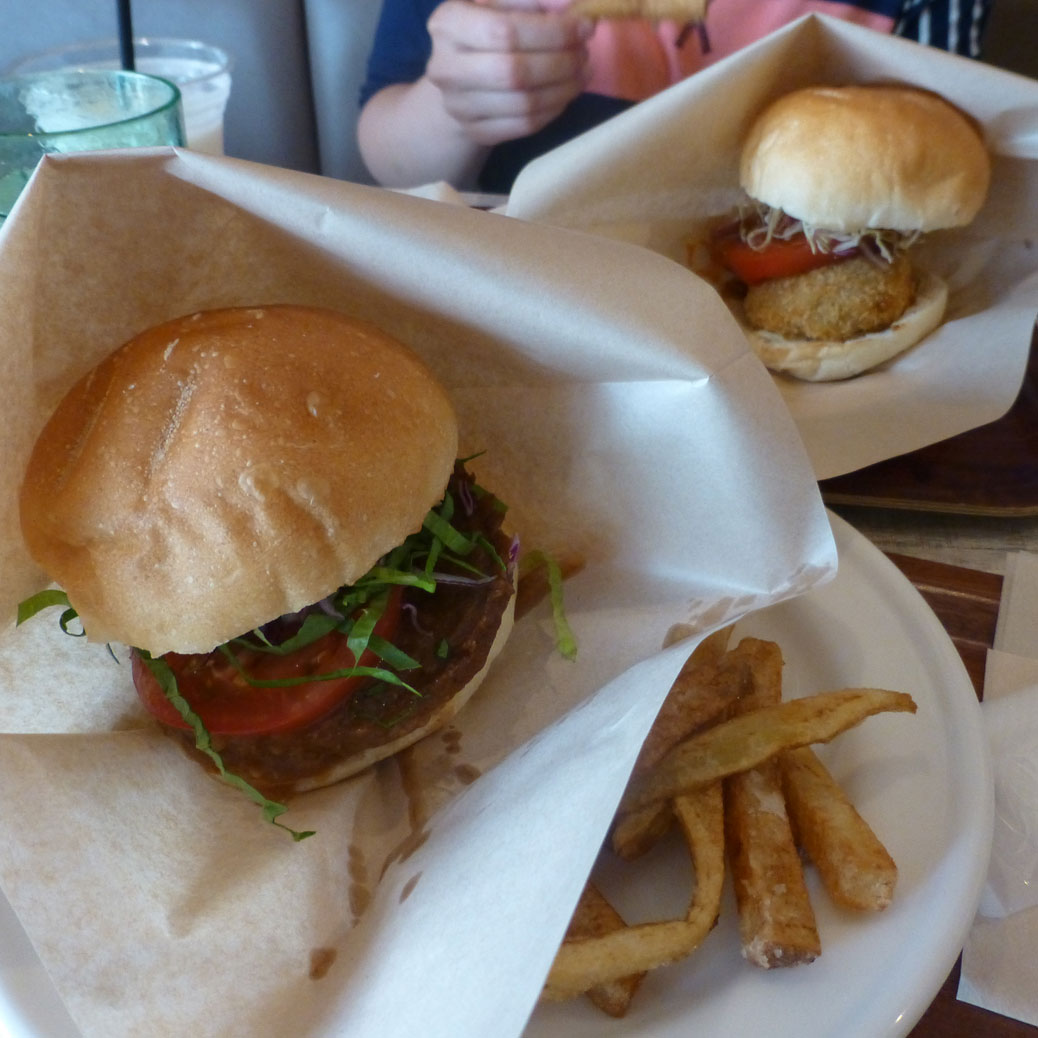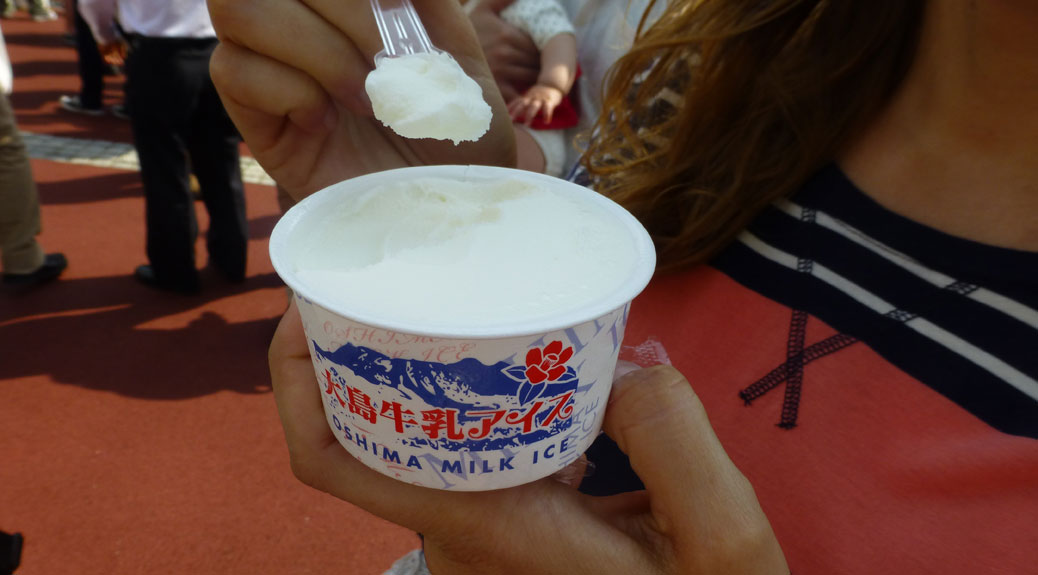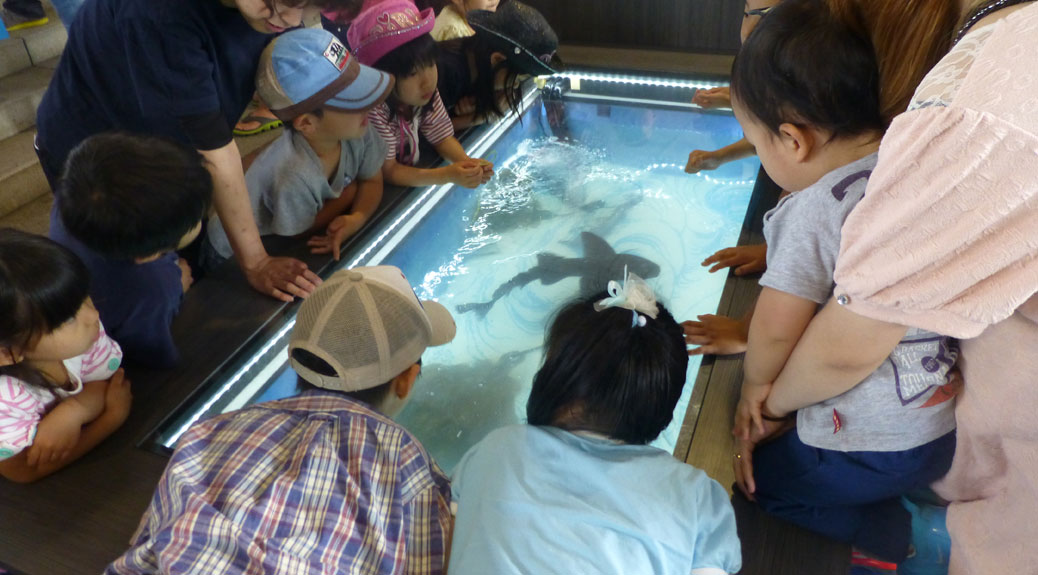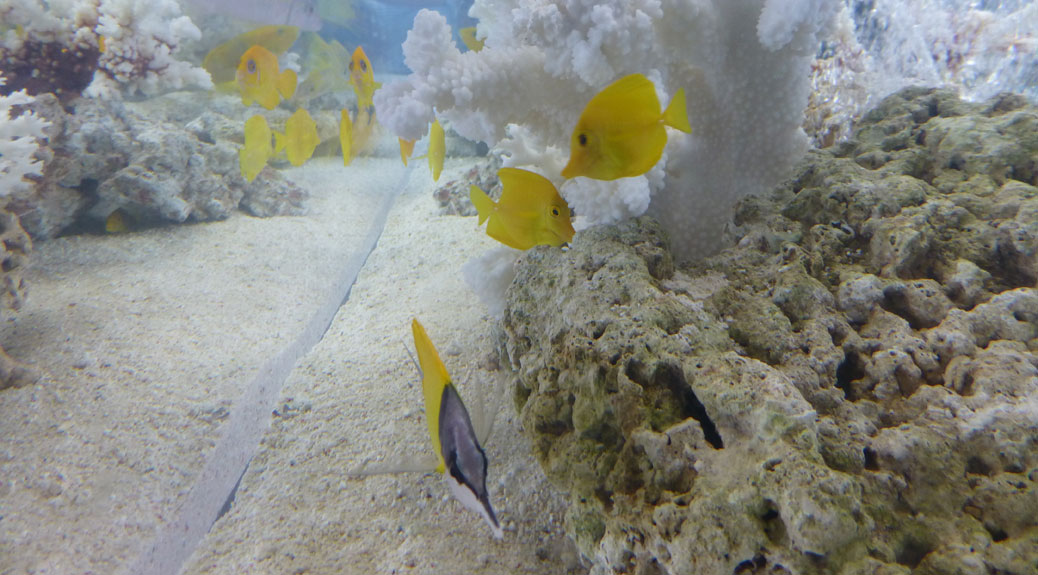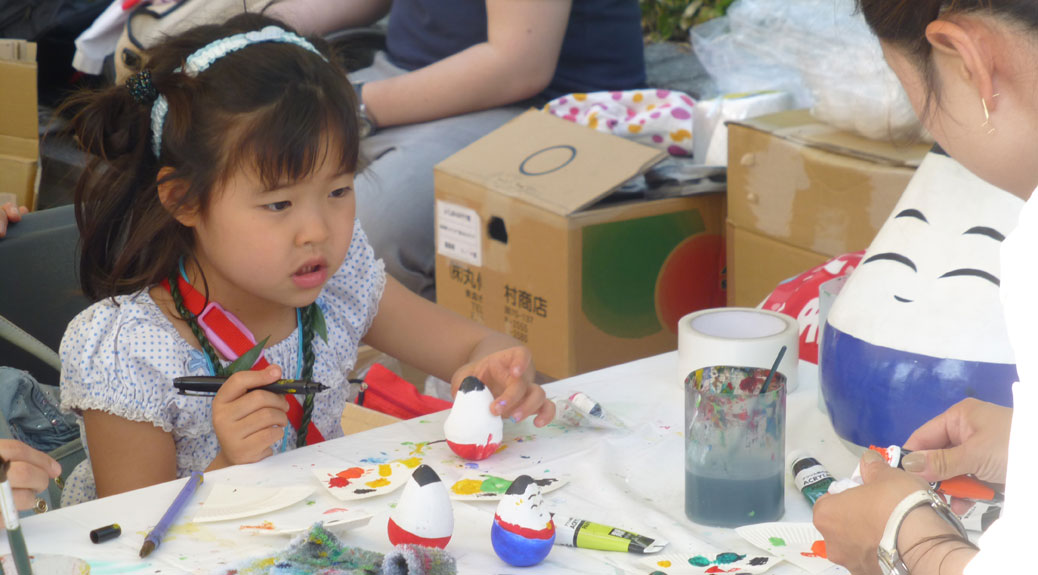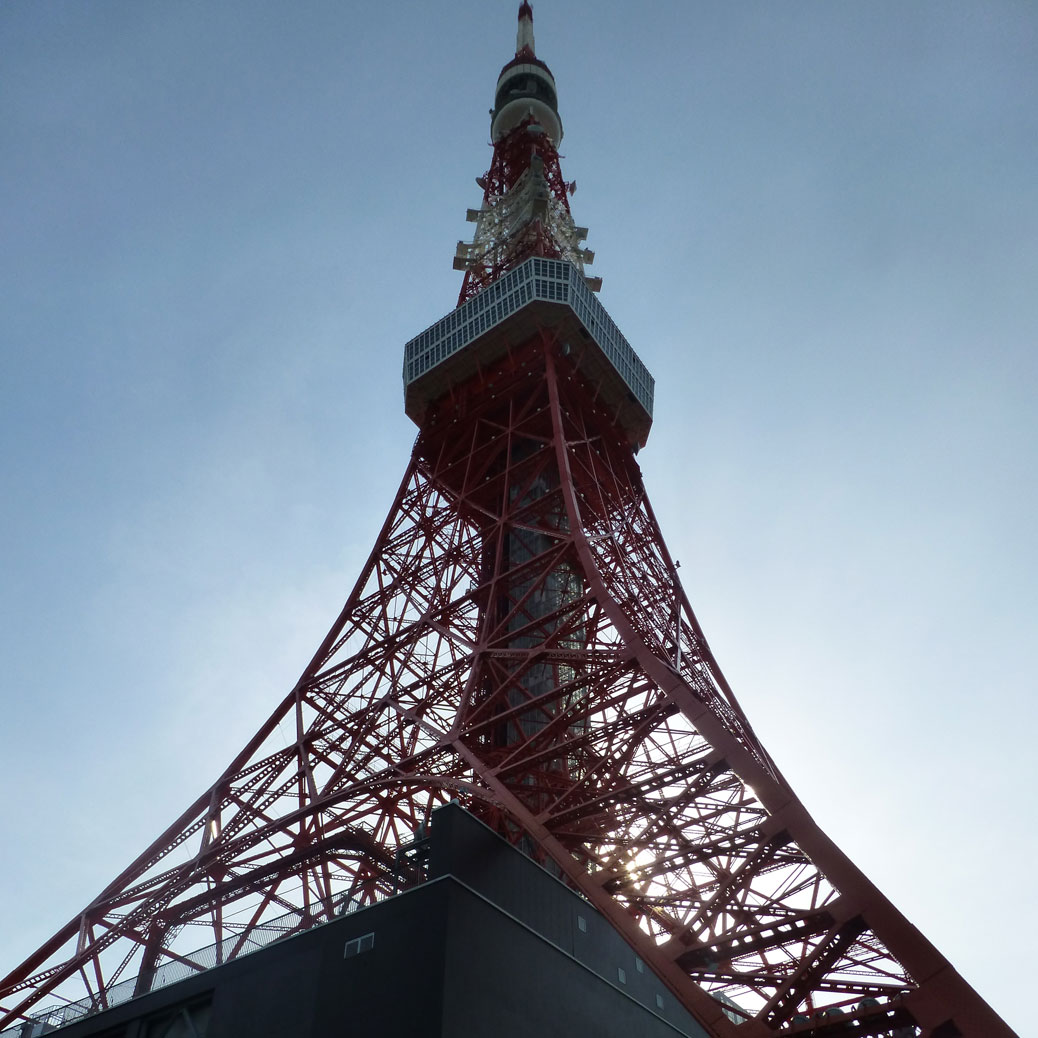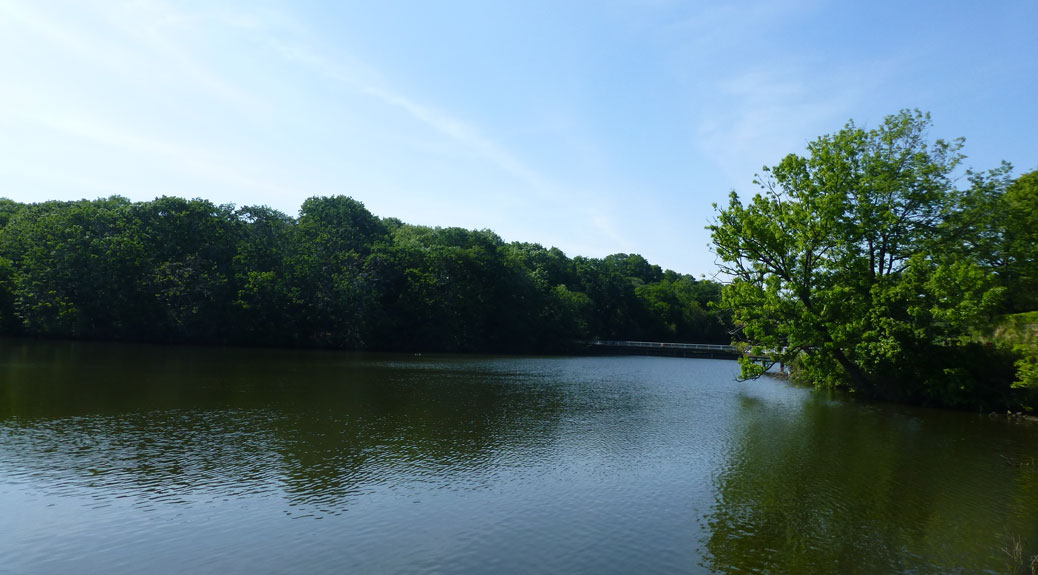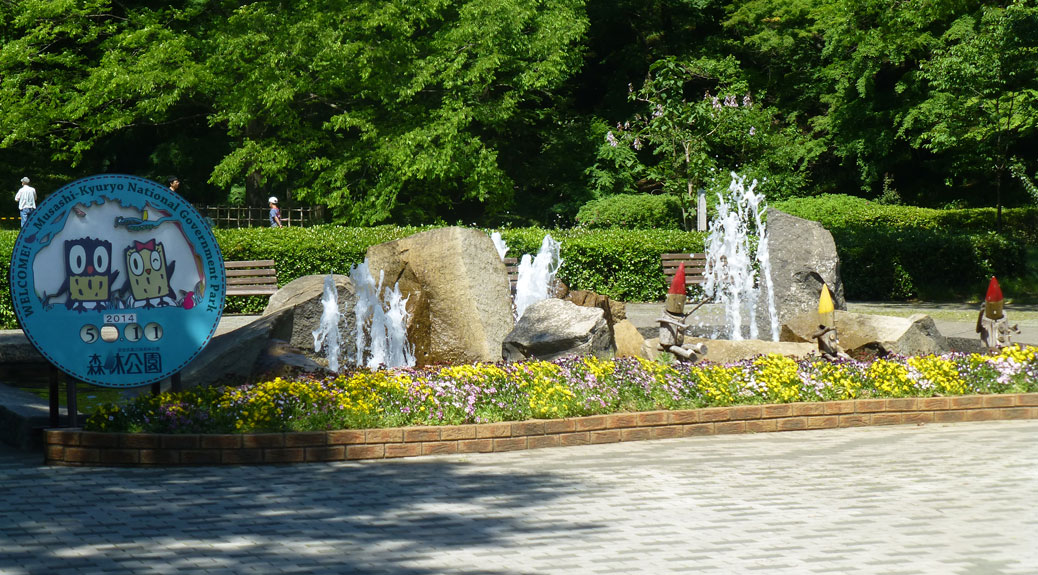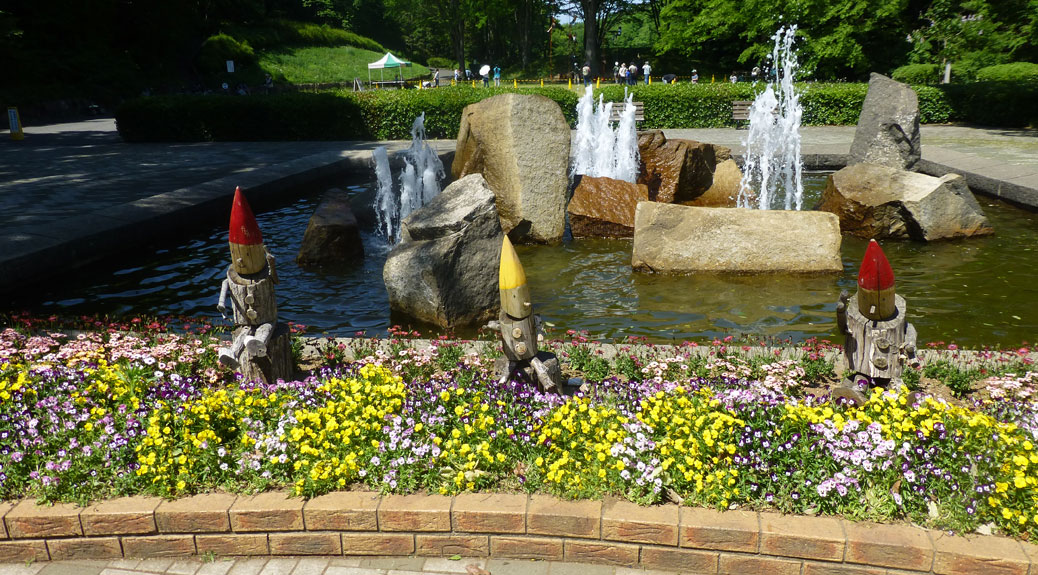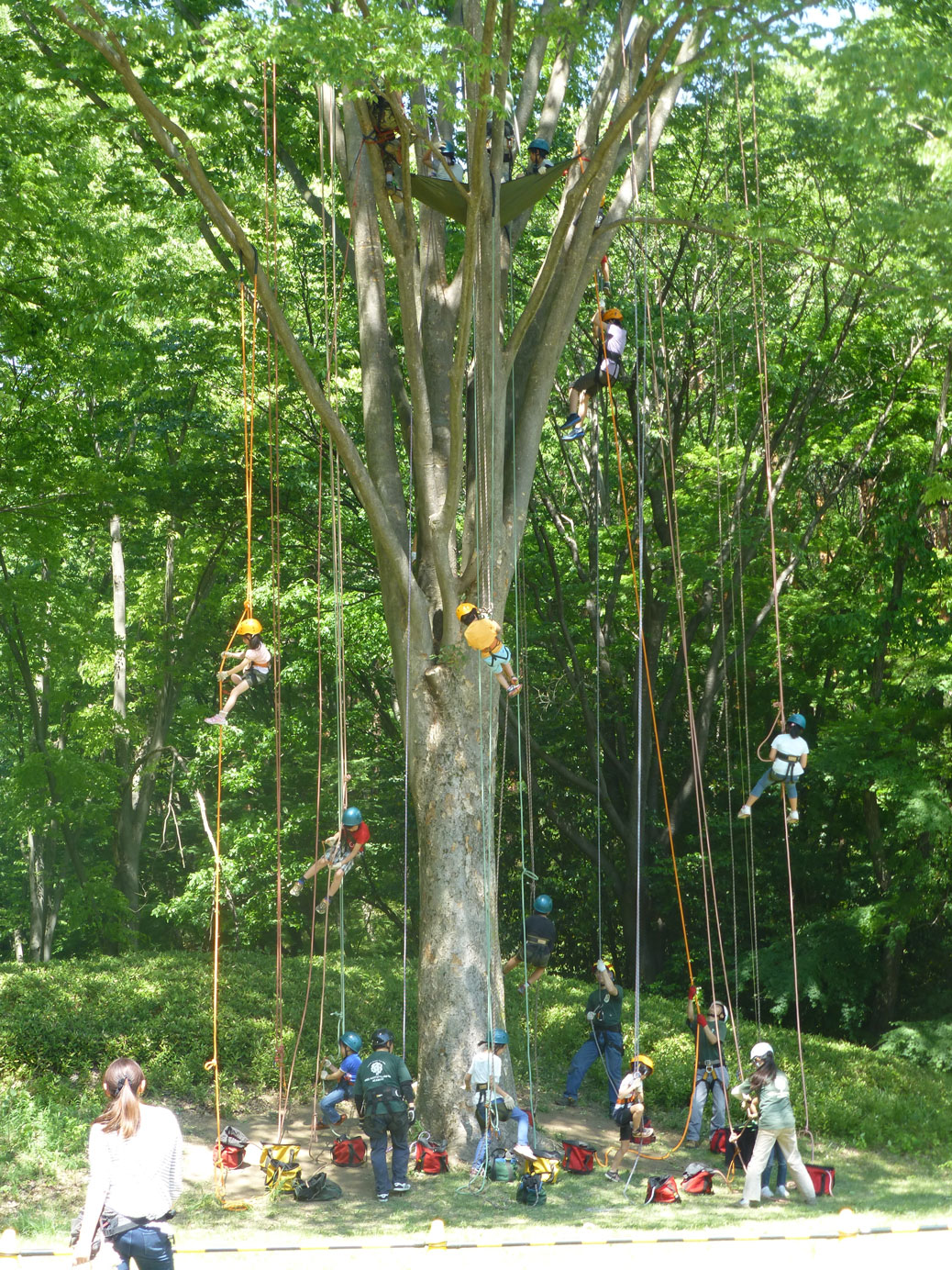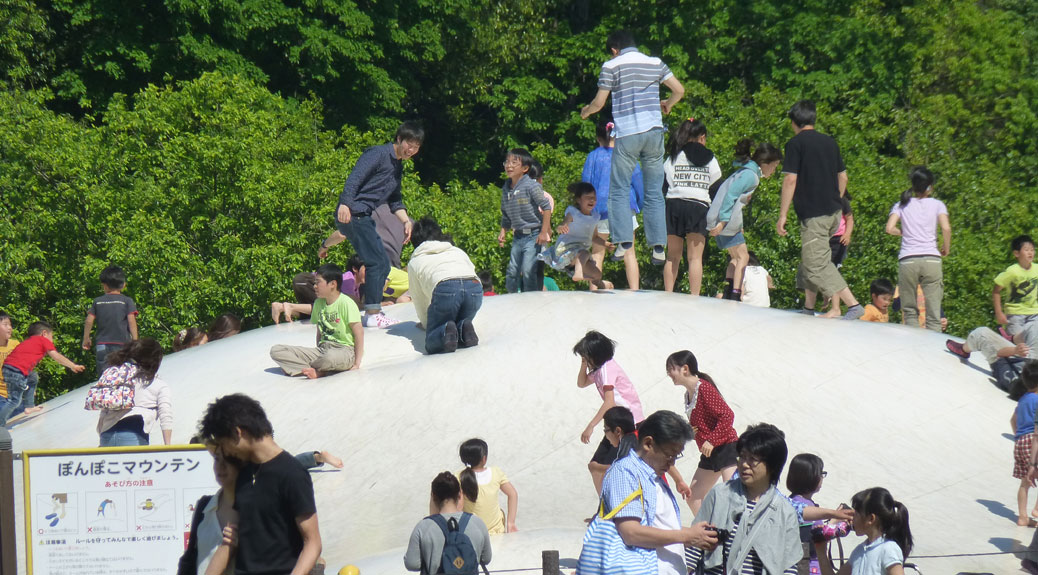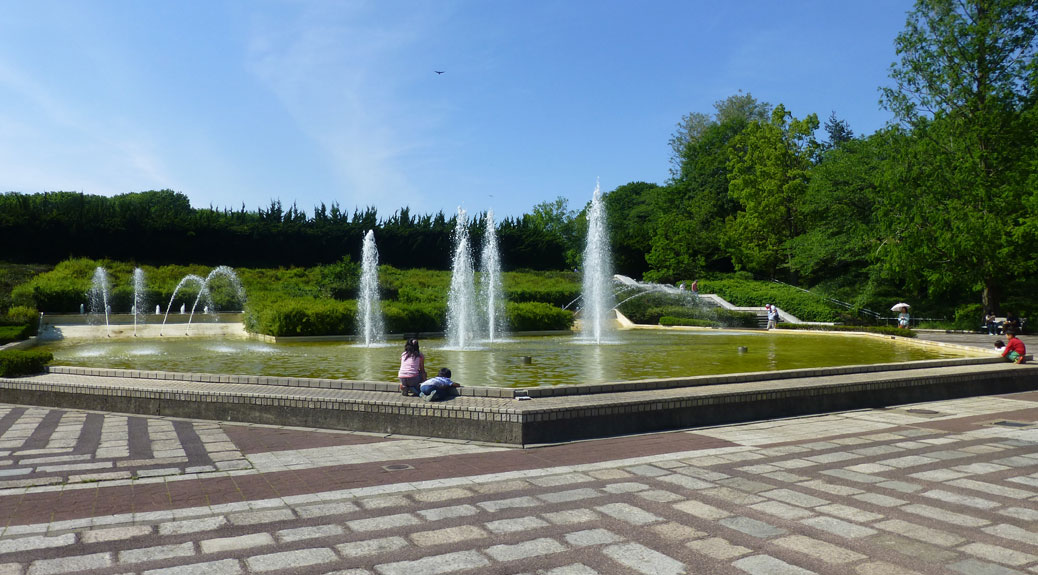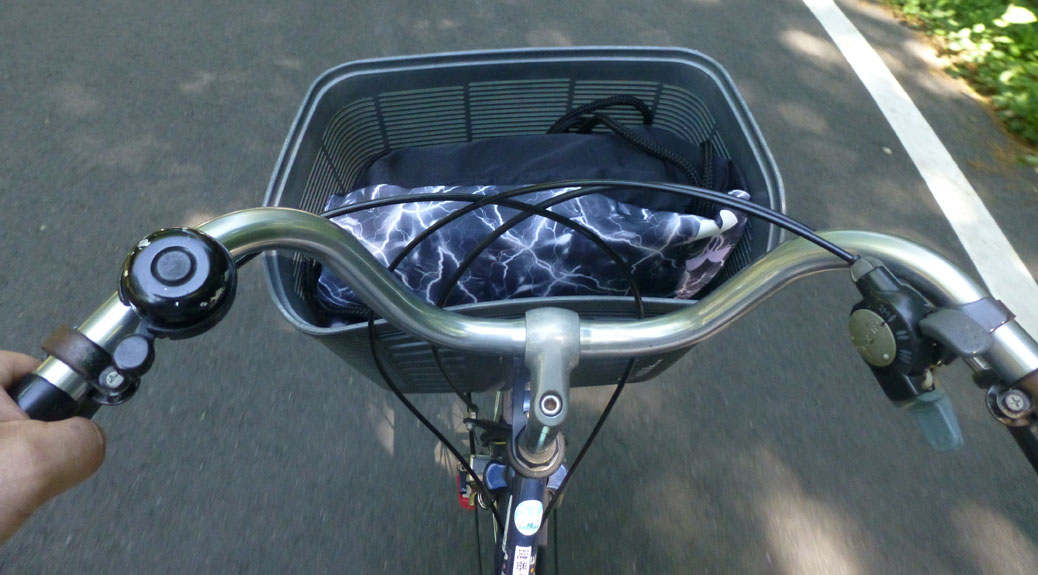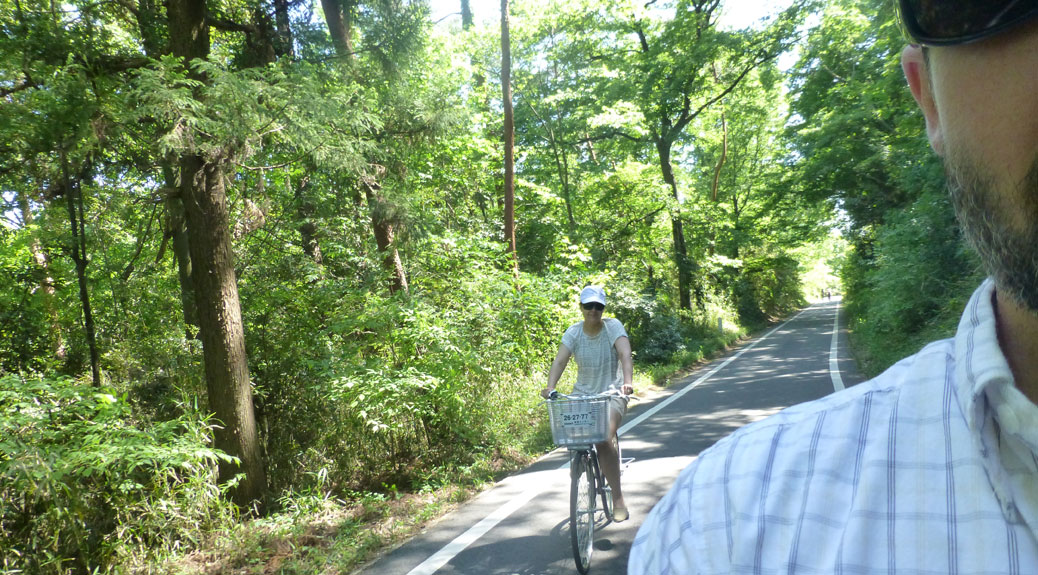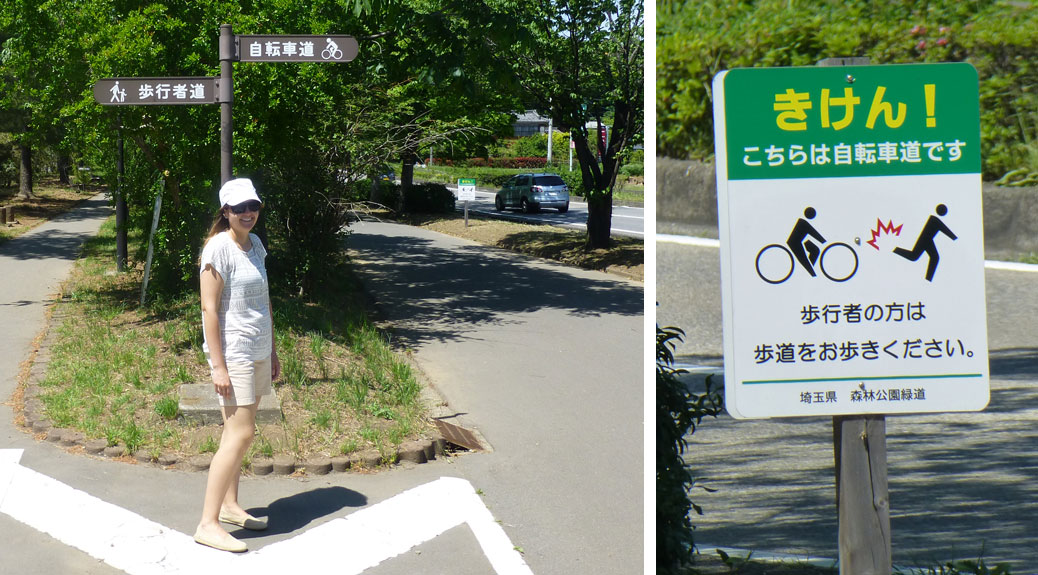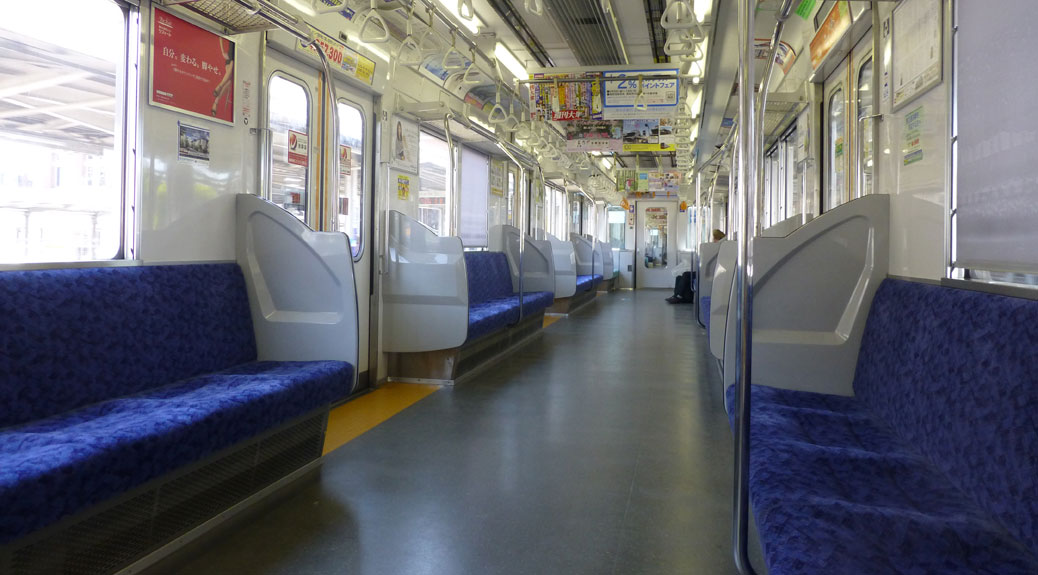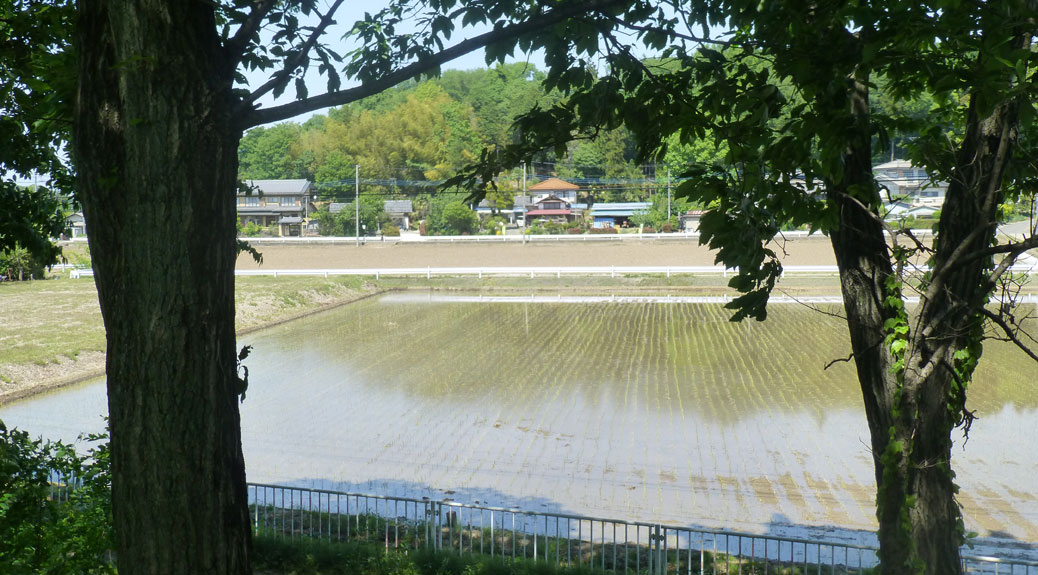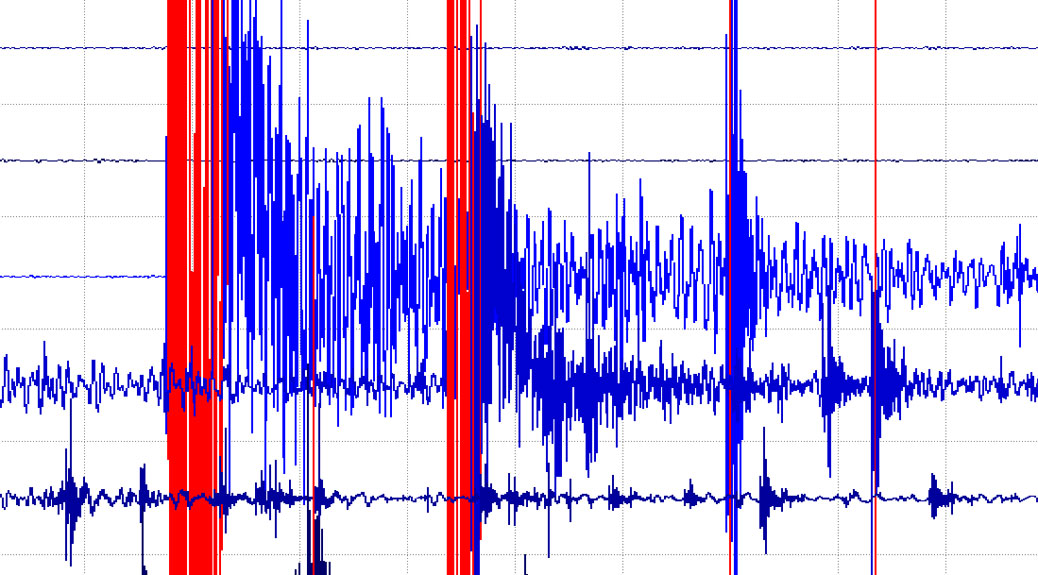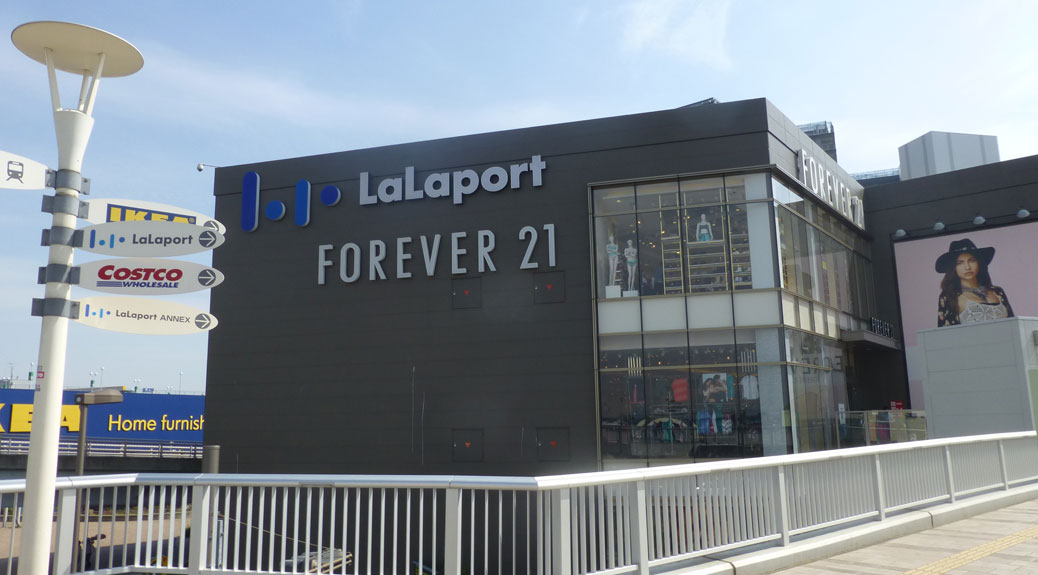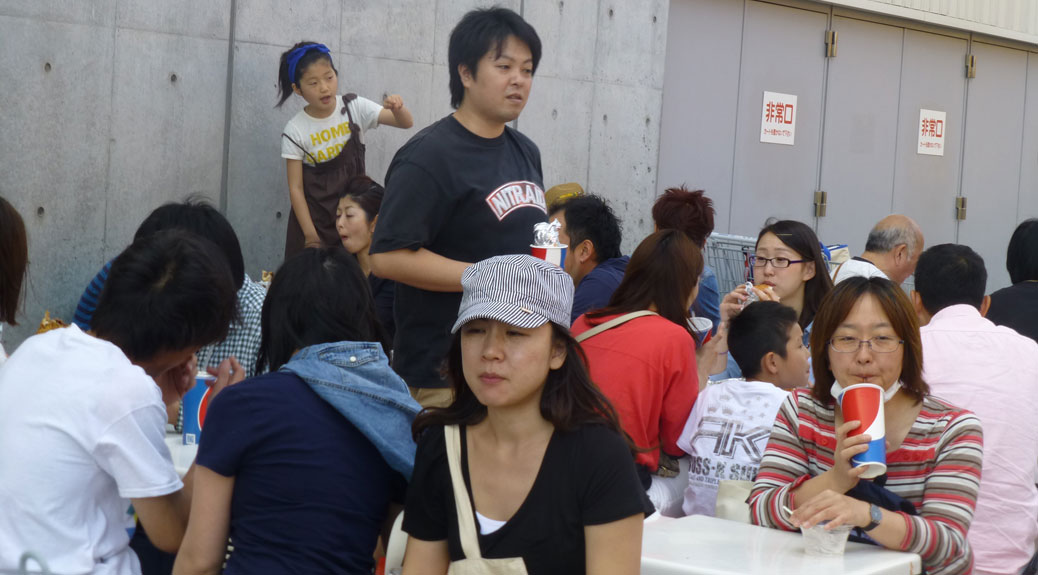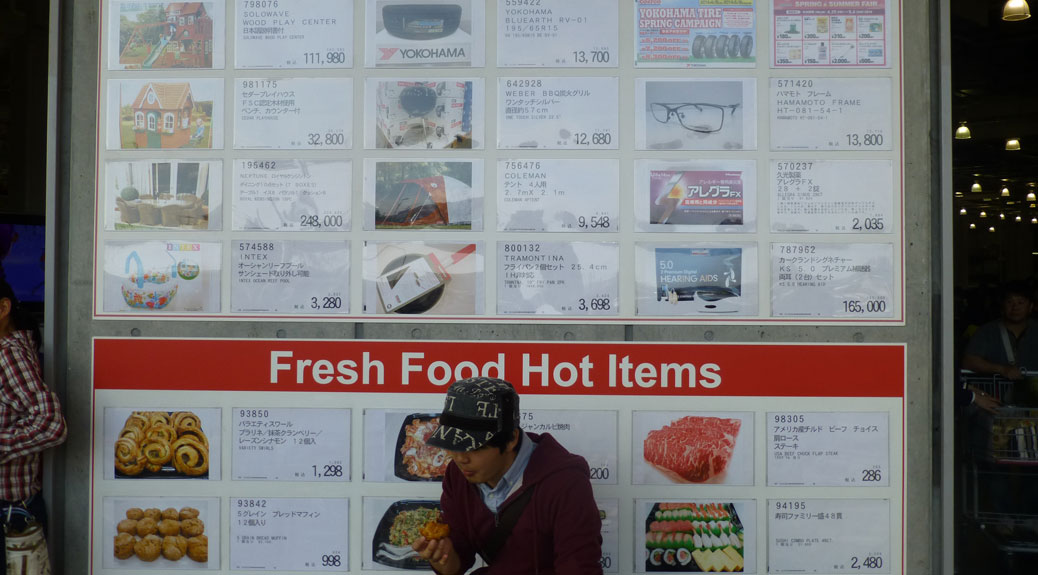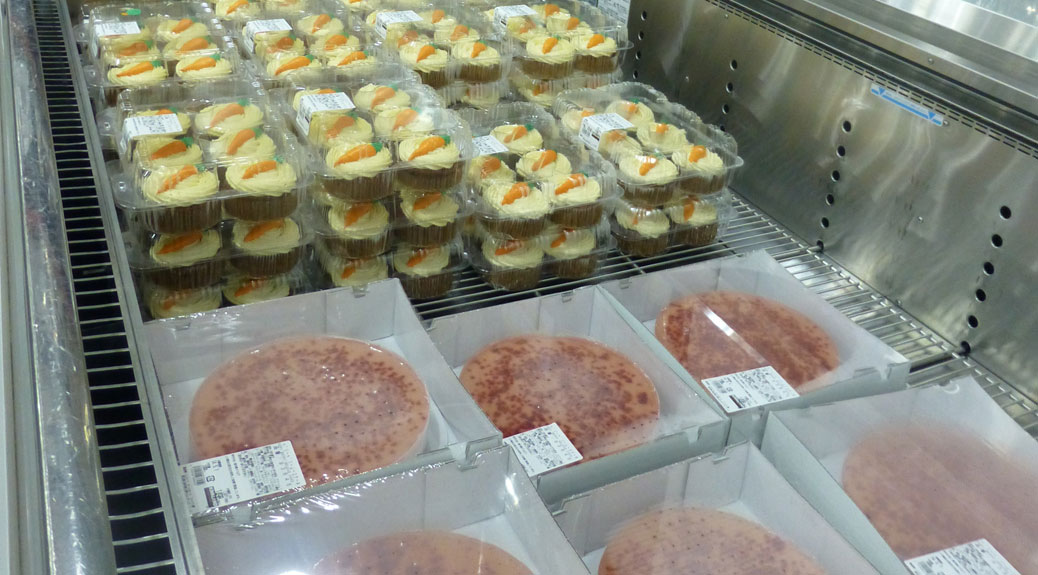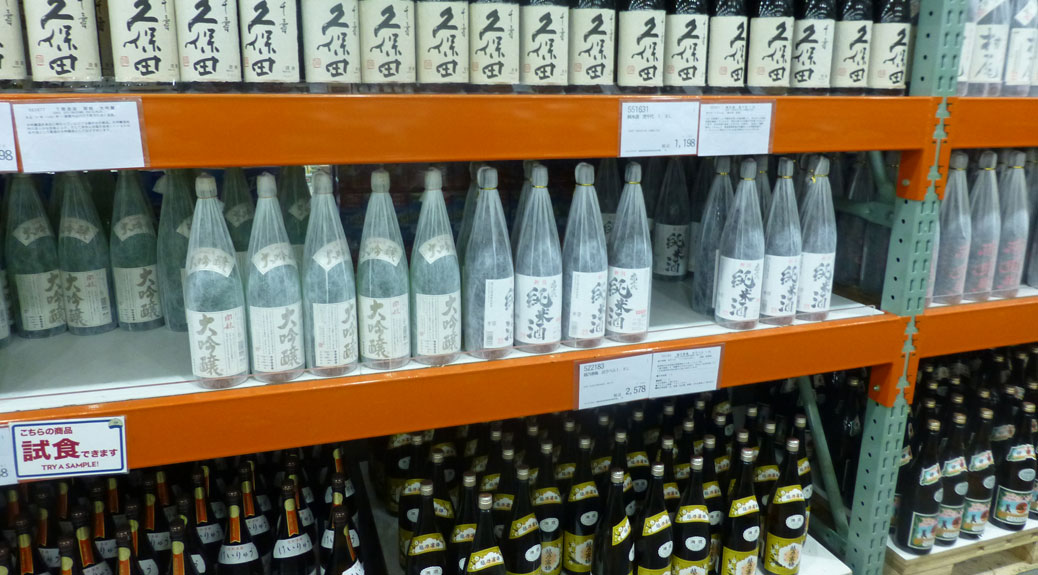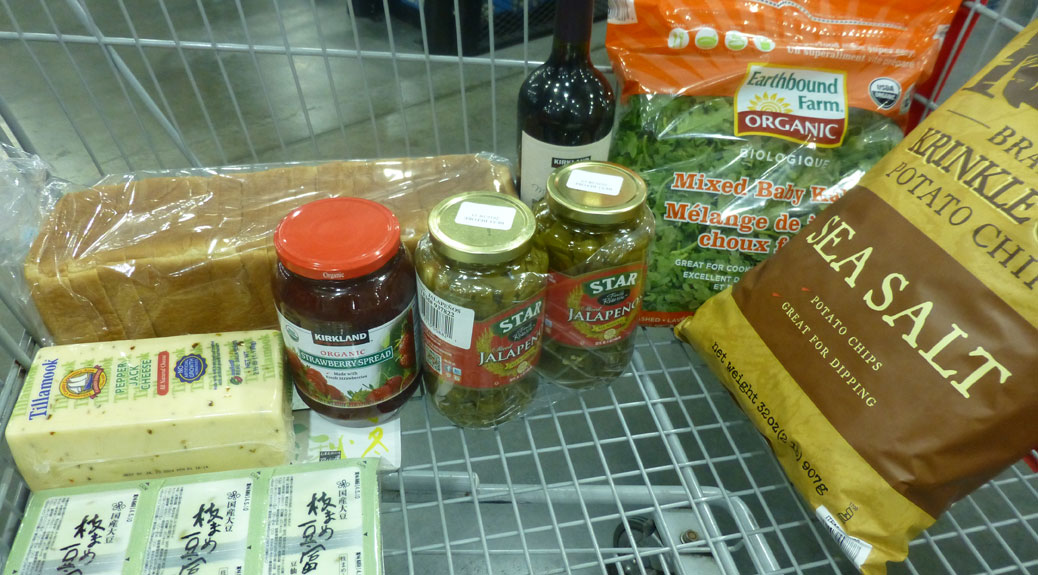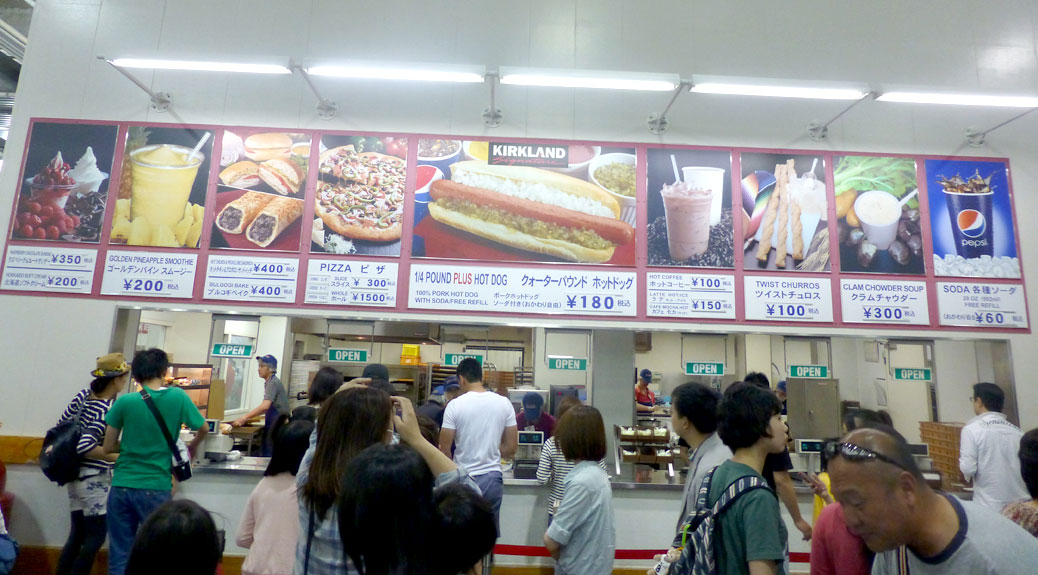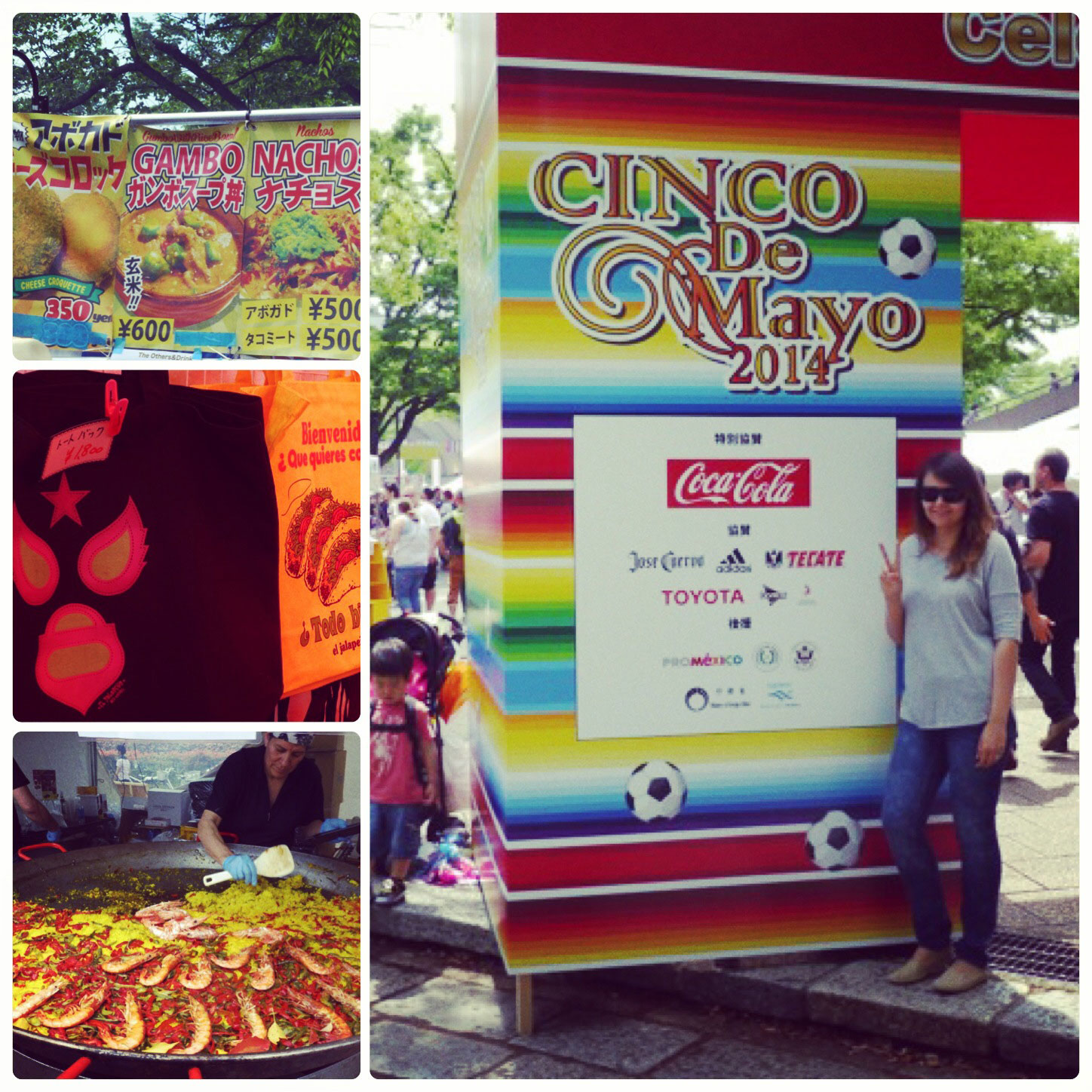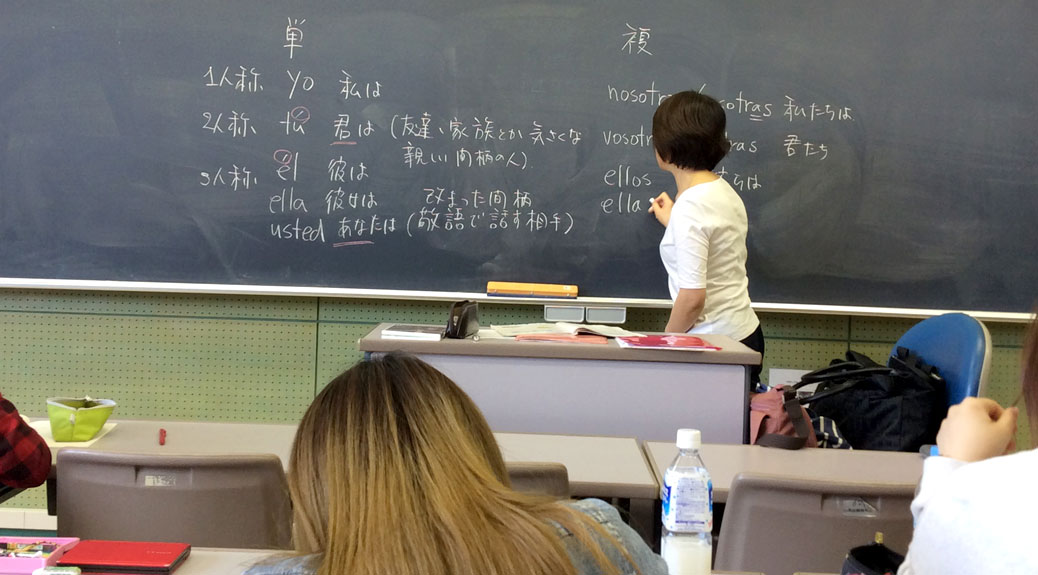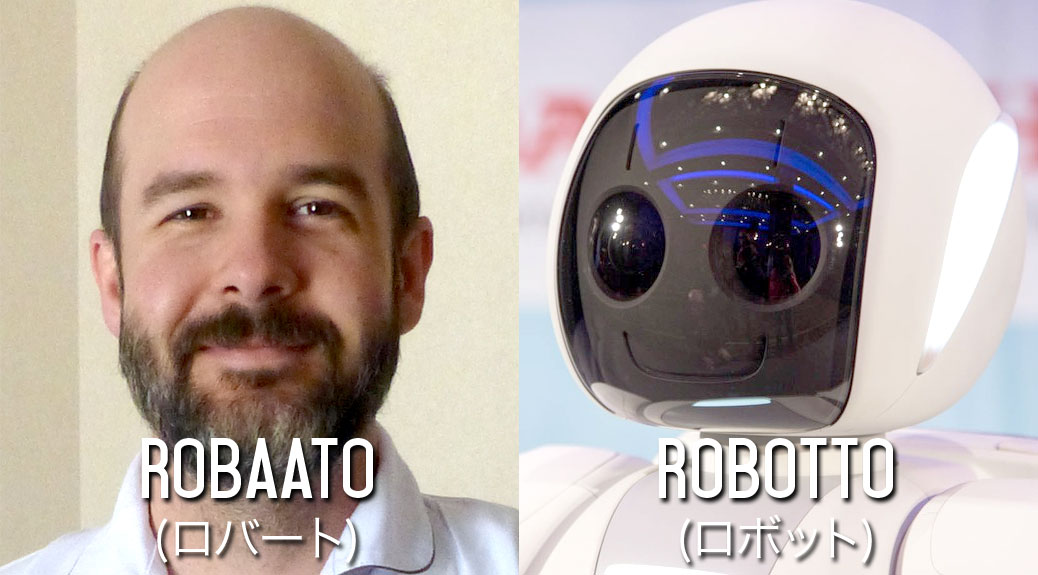In Oregon, earthquakes are something you remember. Ask a resident of the Willamette Valley about the 5.6 magnitude Spring Break Quake, and they’ll be able to tell you exactly how they were woken up at 5:34 a.m. on March 25, 1993. I felt the bed shaking and heard the closet doors rattling in my bedroom. I thought our dog, Sampson, was scratching at the end of my bed, so I gave him a little foot-shove to get him to stop. Apparently he was close to the end of the bed, because he fell off and landed with a thud on the floor, but the bed was still shaking. I still feel bad about that…
In Japan, they’re a fairly regular occurrence. A 2013 study showed that an earthquake of magnitude 3 or more occurs every two to three days on average since the Great East Japan Earthquake in 2011. I’m not sure if you get used to them, but I certainly haven’t yet.
Since part of the intention of Cascadian Abroad was to document our experience in Japan, I’m choosing to use this post as a running log of the quakes we feel in Kawagoe with the date, magnitude and epicenter. Hopefully it’s interesting to some of you as well.
November 7, 2015 at 10:45 p.m. — 4.9 (Ibaraki)
There’s not a lot more unsettling that the start of an earthquake after you’ve already gone to bed. We hadn’t quite fallen asleep when this one started with a slow roll. It felt like one of those that could really get going, but fortunately it was just a little guy.
October 21, 2015 at 3:04 p.m. — 5.5 (Fukushima)
We’ve had a couple little earthquakes since May, but this is the first one in awhile. I try to flip on the local news channel right away to see how long it takes from when I feel it before they mention it. They always beat me to it! This one was about a minute of light shaking, but since it was epicentered in Fukushima—home of the nuclear reactor damaged in the 2011 quake—the news is all over it.
May 30, 2015 at 8:24 p.m. — 8.5 (Ogasawara-shoto Seiho-oki)
Something’s brewing… third quake in a week and by far the largest. Viktoria had just arrived back in Japan from the U.S. when this one hit. We were at the supermarket grabbing a bite to eat in the cafe when the building started to roll for nearly a minute. The overhead lights and signage swayed for several minutes afterward. Everyone froze in place, some announcements were made and some people headed for the exits. We finished our dinner while chatting with the ladies next to us about the “cool” earthquake that just woke us all up.
May 29, 2015 at 1:15 a.m. — 4.8 (Ibaraki Prefecture)
Earth is angry again! In the morning, I watched as Mt. Shindake on Kuchinoerabu Island in southwest Japan erupted live on television. Around 1 a.m., the earth started moving significantly for the second time in a week. It would have been enough to wake me up had I not already been awake, stuck on the addictive Walking Dead game for iPad.
May 25, 2015 at 2:28 p.m. — 5.6 (Saitama Prefecture)
The first significant quake with an epicenter in our home prefecture since we’ve arrived. The epicenter was 68 miles to the northeast of Kawagoe, but actually felt stronger in Ibaraki Prefecture, 120 miles to the east of the epicenter. It was plenty strong here as our little apartment swayed for a good 30 seconds. Viktoria was at Narita Airport preparing to fly back to the U.S. with a group of 200-plus students where alarms sounded when the quake hit.
May 13, 2015 at 6:13 a.m. — 6.6 (Iwate and Miyagi prefectures)
Earth is angry! Yesterday, another large quake struck Kathmandu, Nepal. During the night, tropical storm Noul soaked our neck of the woods. Then, early this morning, a strong quake hit of the northeast coast of Japan. It was enough to wake us from an early-morning slumber, enhanced by the siren of an ambulance that was passing by.
December 20, 2014 at 6:30 p.m. — 5.9 (Fukushima Prefecture)
Our couch wobbles a bit when someone adjusts their position. We’d just commented on this when a 5.9 quake shook our little apartment (low magnitude in our area). The feeling on the couch is exactly the same, but the added rattle of the sliding doors was an indicator that this was not a simple adjustment.
November 22, 2014 at 10:08 p.m. — 6.8 (Nagano Prefecture)
This one hit while Viktoria was in Ibaraki for a conference. We were FaceTiming when the light fixture started to sway. She was on the sixth floor of her hotel and felt it for awhile. Turned out it was a pretty big quake in Nagano, about 90 miles to the east of Kawagoe. Several people were injured, wooden homes collapsed and a mudslide closed a road. Officials were surprised by the strength as inland quakes are typically not as powerful as the coastal quakes.
November 12, 2014 at 9:53 a.m. — 4.7 (Ibaraki Prefecture)
It’s been awhile since we had a good shimmy! A subtle sustained shake to make you say “Hey, it’s been awhile since we had a good shimmy!”
September 16, 2014 at 12:28 p.m. — 5.6 (Ibaraki Prefecture)
Eating lunch when the closet doors starting shaking, then the whole apartment started swaying and seemed to last forever! This only measured as a 5.6, but it felt stronger than any earthquake we’ve experienced since arriving in Japan.
July 12, 2014 at 4:22 a.m. — 6.8 (Fukushima Prefecture)
I thought I was dreaming, but this was an actual (quite long) quake. This one hit near the Fukushima Nuclear Power Plant and triggered a small tsunami. According to Japan Today, workers on night shift were instructed to retreat to higher ground.
June 17, 2014 at 2:42 a.m. — 5.3 (Chiba Prefecture)
In a night filled with loud cars and more than one ambulance burning by, why not be woken up in the middle of the night to a shaking floor. Lots of seismic activity in Japan this week.
June 16, 2014 at 5:14 a.m. — 5.8 (Fukushima Prefecture)
Woke up to a long shaking quake this morning. The epicenter was about 90 km (about 56 miles) off the coast of Fukushima, home to the nuclear power plant that was damaged in the 2011 earthquake/tsunami. Japan Meteorological Agency says there was a 5.6 in Ibaraki Prefecture at 3:19 a.m., but that one didn’t wake us.
May 13, 2014 at 8:35 a.m. — 4.9 (northwest Chiba Prefecture)
Just a good, long shake. I was reading e-mail and drinking coffee. First reports indicate that I did not spill said coffee.
May 7, 2014 at 5:18 a.m. — 6.0 (Izu Oshima island south of Tokyo)
This one started with a hard “shove” followed by an extended period of shaking. We were still in bed, but the shove was enough to wake me up.
April 18, 2014 at 7:53 a.m. — 4.7 (south Ibaraki Prefecture)
Making breakfast and noticed the water bottle and pepper shaker on the counter wobbling. Didn’t really feel it otherwise.
